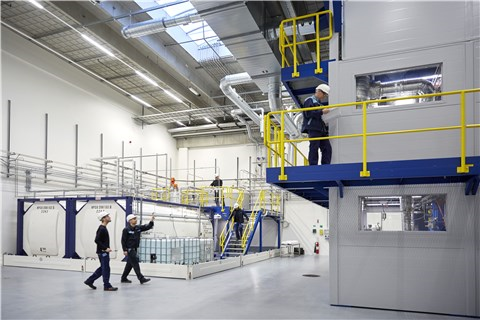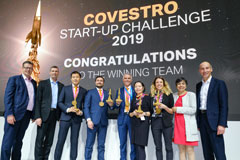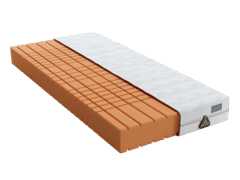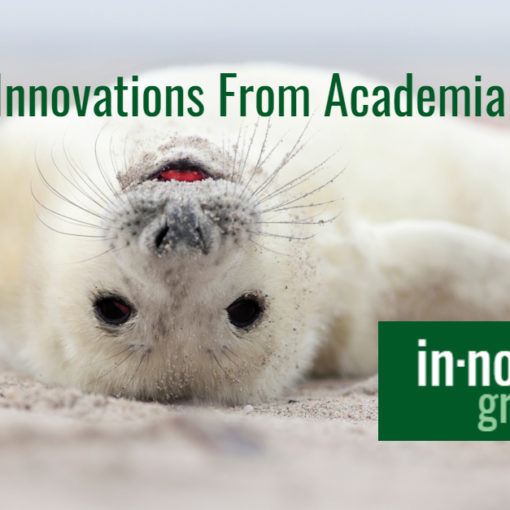Braskem and Haldor Topsoe announced in early February 2019, the commissioning of a pioneering demonstration unit for the development of monoethylene glycol (MEG) from sugar. Located in Lyngby, Denmark, the pilot plant’s operation marks a decisive step in confirming the technical and economic feasibility of producing renewable MEG on an industrial scale. The cooperation agreement focuses on developing a new technology for converting sugar into MEG at a single industrial unit, which reduces the initial investment in production and consequently makes the process more competitive. MEG is used to make PET, a resin widely used in the textile and packaging industries, especially for making bottles. The global market for MEG currently is at around US$25 billion. “Haldor Topsoe is a global leader in catalytic solutions and is driven to maintain its leadership in the renewable energy industry. We are pleased to embark, together with Braskem, on the next phase of the validation of the MOSAIKTM solution for producing biobased MEG. Our goal is to show that innovative catalytic technologies can make chemical products from biomass a commercially attractive option,” says Kim Knudsen, executive officer at Haldor Topsoe. Starting in 2020, clients will receive samples to test in their products. The unit built in Denmark has annual production capacity of hundreds of tons of glycolaldehyde, a substance that is converted into MEG. The goal is for the plant to convert various raw materials, such as sucrose, dextrose and second-generation sugars, into MEG. Currently, the compound is made from fossil-based feedstocks, such as naphtha, gas, or coal |
|




